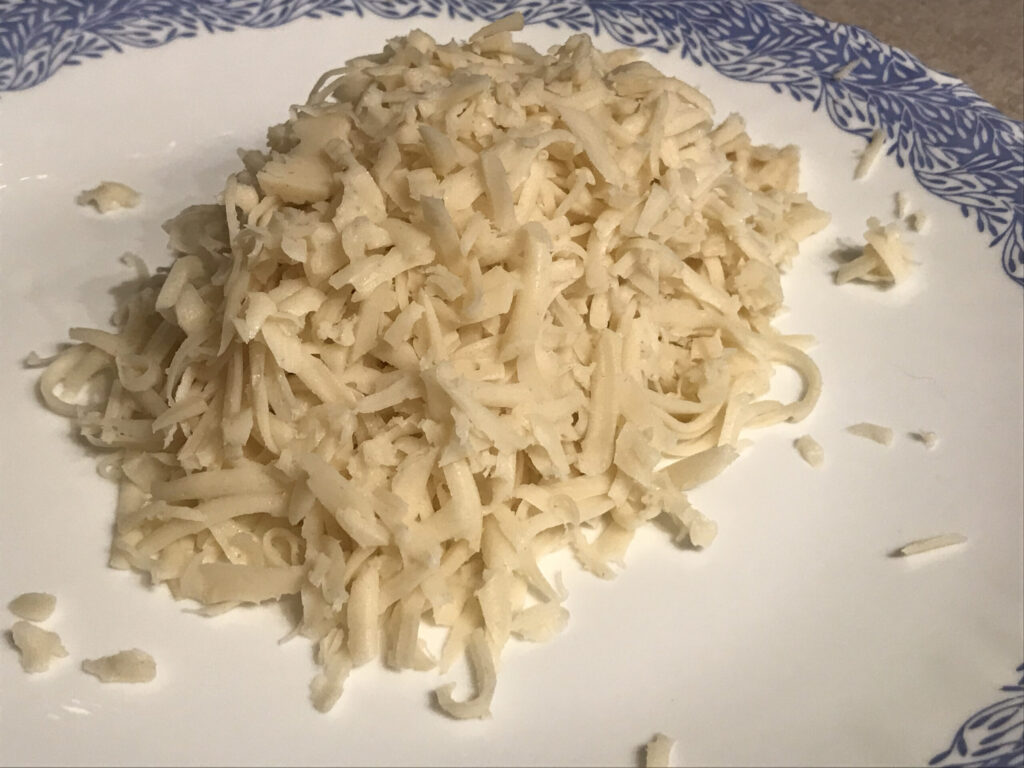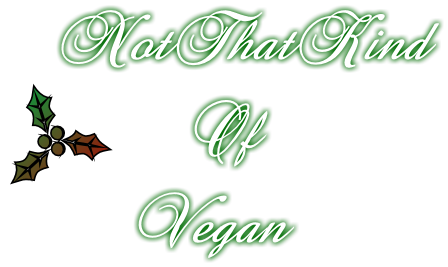Looking for an affordable vegan cheese option reminiscent of traditional dairy mozzarella? Try this vegan mozzarella block – a delectable non-dairy cheese with a low-fat profile that genuinely embodies the essence of cheese.
This exceptional cultured vegan mozzarella block is incredibly versatile, easily grated, sliced, and melted. Crafted from budget-friendly, allergy-safe, and nutritious ingredients, this cheese substitute is free from nuts or coconut.
Surprisingly, the secret ingredient in this dairy-free cheese is oats. These heart-healthy, cholesterol-lowering grains serve as a cost-effective and wholesome base for vegan cheese. Adding just a small amount of canola oil further enhances the health quotient of this vegan delight.
The Quest for the Ideal Vegan Cheese

In my pursuit of simple vegan cheese recipes, I’ve experimented with numerous alternatives in search of an option that’s economical, healthy, and uncomplicated. While some vegan cheese attempts have been successful, others have fallen short, resulting in disappointment. Have you ever encountered vegan cheese that lacked that cheesy taste or had an unsatisfactory texture? It can be frustrating to invest in expensive ingredients only to end up with a less-than-delightful vegan cheese.
Thus, discovering a nut-free alternative that could convincingly replicate the taste and texture of regular cheese was a moment of excitement for me. I yearned for a vegan cheese that not only tasted great but also offered a familiar cheese texture. Something that could be enjoyed on its own or paired with crackers without requiring additional flavors to mask its taste.
For me, the ultimate litmus test for any vegan cheese is its performance on a pizza. Some vegan cheeses tend to turn overly gooey or sticky when heated, failing to emulate the authentic cheese experience. While cheese sauce has its place, it’s just not what I desire on a pizza.
Does the cheese grate effortlessly for sprinkling on pizza? Can it melt and stretch perfectly when heated? Does it retain its natural texture when melted?
This cultured vegan mozzarella block checks all the boxes! It’s easy to slice and grate, even without freezing. Its firm consistency allows for easy handling, while its excellent melting capacity and ideal texture make it the perfect choice for pizza and various other dishes that require cheese, like lasagna, nachos, or grilled recipes.
Crafting Healthier Vegan Cheese: A Feasible Task?
While some of the vegan cheese recipes I’ve come across are undeniably delicious, they often fall short on the health spectrum. Many of these recipes call for substantial amounts of oil, primarily coconut oil, and nuts, resulting in a high-fat cheese that should be consumed in moderation. I aspired to create a dairy-free cheese that was just as delectable yet more affordable to prepare and lower in fat content.
Read:
Would it be possible to create a nut-free, nutritional yeast-free, and coconut-free vegan cheese that possessed the desirable melt-in-your-mouth, rich characteristics I sought? I delved into various ingredient combinations until I could confidently assert, YES! This cheese not only mirrors the appearance and texture of mozzarella but also closely mimics its flavor profile.
Inspired by Jay Astafa’s cashew milk mozzarella recipe, I embarked on adapting his technique, substituting oats as the base ingredient instead of cashews.
Ingredients for Cultured Vegan Mozzarella Block Cheese
Begin by preparing cultured oat milk using the following components:
- 1/2 cup rolled oats
- 2 cups water
- Probiotic powder (2 capsules or about 1/2 tsp)
- 1/2 tbsp soy lecithin
Combine the cultured oat milk with the subsequent ingredients to create the vegan cheese:
- 1/4 cup canola oil
- 2 tbsp tapioca flour
- 1.5 tbsp kappa carrageenan
- 2 tsp salt (reduce to 1 tsp for a low-sodium option)
- 1/2 tsp lactic acid
Steps for Crafting Cultured Oat Milk
To achieve a perfectly smooth oat milk, you’ll need a high-speed blender such as a Vitamix. Pre-soaking the oats is optional.
Add the oats, water, probiotic powder, and soy lecithin to the blender and blend at high speed for approximately 40 seconds, ensuring a smooth, particulate-free mixture. Optionally, blend for an additional minute or two until the blend warms up.
Once the mixture turns completely white and smooth, transfer the oat milk to a jar. Place the jar in a warm spot, covering it with a clean towel, and allow it to culture for 8-12 hours.
During the culturing process, the added probiotics facilitate the growth of a complex blend of acids, imparting the finished cheese with its distinct flavor.
Steps for Crafting Vegan Mozzarella
Once the oat milk has completed its culturing phase, proceed to prepare the vegan cheese. The oat milk will have thickened considerably, owing to the stretchy, viscous nature of oats, which might appear alarming at first.
Pour the entire contents of the cultured oat milk jar into a blender along with the canola oil, tapioca flour, kappa carrageenan, salt, and lactic acid.
Begin blending at a slow speed, gradually increasing to high speed to prevent splashing. Blend for roughly 20 seconds or until all ingredients are thoroughly combined.
Transfer the thick mixture to a pot, using a spatula to scrape any residue from the blender jar. Before heating the vegan cheese, prepare a container for the finished mozzarella block. A loaf pan or a similar dish works well; I personally used a greased glass baking dish with a lid.
Heat the mixture over medium heat, stirring continuously with a whisk. You’ll need to heat the mixture for approximately 5 minutes, during which time it will progressively thicken as the kappa carrageenan reacts to the heat. After 3-4 minutes, switch to a spatula and continue stirring, ensuring the cheese doesn’t stick to the pot’s bottom or sides. Cease heating when the cheese reaches a very thick and glossy consistency.
Quickly pour the mixture into the prepared container and smoothen the top with a spatula. Tap the container and shake it gently from side to side to eliminate any air bubbles. The cheese will solidify swiftly, so ensure these steps are completed within 30 seconds.
A Note on Lactic Acid for Vegan Cheesemaking
For this recipe, I used liquid lactic acid, commonly used in home brewing. Lactic acid powder works just as well. I have also experimented with citric acid in the past (before obtaining lactic acid), which yielded acceptable results, albeit with a slightly different flavor profile. However, lactic acid undoubtedly contributes to a more pronounced cheesy flavor.




























Add comment